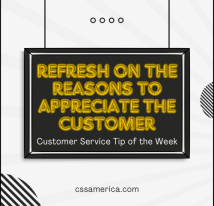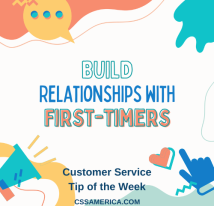In a recent article on azcentral.com (http://www.azcentral.com/community/phoenix/articles/2010/09/23/20100923glendale-deer-valley-district-poll.html), the Arizona Republic notes how a local school district polled students on such aspects of the school experience as safety, friendship, and the likelihood to graduate.
Our firm conducts these studies for many of our clients as well as providing mystery shopping services at the primary education, community college, and university levels. And while you can argue with some of the methodologies used for delivering the survey, what makes the information in the article particularly interesting is the fact that the survey asked about the student as a person – it asked about their personal feelings.
Think about your customers; when you conduct surveys, you’re often asking about demographics, preferences in products, certain aspects of the customer service you provide or your facilities and processes. But many customers create an affinity for the businesses they patronize based on how that company makes them feel, about how the experience makes them feel.
So why not ask them about their feelings?
One of the last things you want from a customer is apathy; so the best way to identify those that are apathetic is to ask about their feelings. Remember that 2/3rd of lost business is because the customer feels like you don’t care. So if their feelings contribute to their loss, you need to get in the habit of asking about their feelings.
Look at your surveys, and ensure they address how your customers feel about their relationship with your company, how they feel about the experience they have in interacting with your business – the people, processes, facility, and website.
To get a feel for your customer’s true satisfaction, ask how they feel.
Interested in improving your company’s customer service? See more information at: http://www.cssamerica.com/
Check out our new customer service book at http://www.amigreatat.com/





















